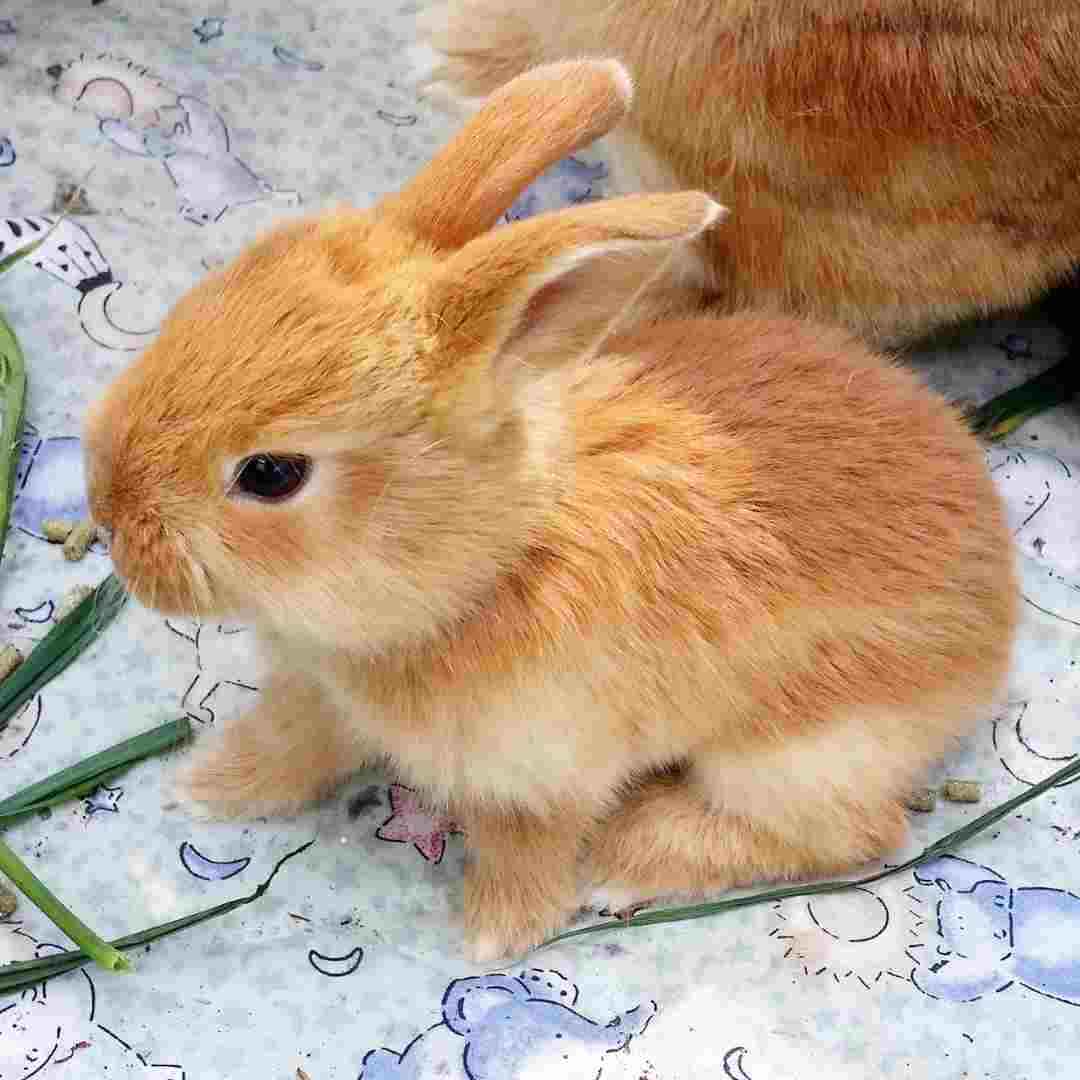Rabbit Fur: Ethical Issues
Many fashion designers employ rabbit fur, which has been used for millennia. Rabbit fur's ethics have been debated. This essay will weigh the merits and downsides of utilizing rabbit fur and address the ethical issues involved.
Pros
Use rabbit fur for its durability. Rabbit hair is soft, warm, and durable. This makes it excellent for weatherproof jackets and headgear. For individuals wishing to upgrade their wardrobe, rabbit fur is affordable.
Cons
Rabbit fur has ethical drawbacks. Fur rabbits are typically kept in harsh circumstances and skinned cruelly. Rabbit fur is also considered animal exploitation since rabbits are murdered for their fur. Many fashion designers have stopped using rabbit fur due to this rising trend.
Rabbit fur has perks and downsides. On one side, it is a sturdy and affordable textile that can elevate any outfit. However, rabbit fur is unethical, and many people avoid it. Rabbit fur is a personal choice that should be chosen with ethical awareness.
How Has Rabbit Fur Changed Fashion?
Rabbit fur has been worn for ages, yet its popularity has fluctuated. Rabbit fur was prized for its warmth and softness in early jackets, caps, and other items. Rabbit fur was utilized in 19th-century muffs, boas, and capes. It trimmed clothes and accessories and was popular for evening dresses.
Rabbit fur was used for luxury coats and jackets in the 20th century. It made hats, scarves, and gloves. Evening clothing with rabbit fur trim was trendy.
Due to ethical considerations, rabbit fur has decreased in popularity. Many fashion designers employ imitation fur because animal rights activists have increased awareness of the fur industry's cruel treatment of rabbits. Rabbit fur demand has plummeted.
Today, rabbit fur is still worn. It is still popular for evening attire and luxury clothing and accessories. Many fashion designers now use fake fur instead of genuine fur. Rabbit fur is still used in fashion, although demand has decreased.
How Rabbit Fur Affects Animal Welfare
Rabbit fur in fashion has always been contentious. It is luxurious and ecological, yet its manufacture may harm animals. This essay will examine how rabbit hair affects animal well-being, both positively and negatively.
Rabbit fur is naturally renewable. Its durability makes it ideal for apparel and accessories. Rabbit fur is produced without killing animals, making it compassionate. Shearing or plucking is less painful.
Rabbit fur manufacture raises animal welfare problems. Crammed and unclean circumstances may stress and infect animals. Shearing or plucking animals may hurt and infect them.
Rabbit fur is natural and renewable, however, its production may affect animal welfare. When considering rabbit fur for fashion, consider these considerations.
Rabbit Fur Debate: What Can Consumers Do?
The rabbit fur argument involves consumers. By making educated purchases, we can influence the industry.
First and foremost, we must know the ingredients in our purchases. Many firms utilize rabbit fur without telling customers. Consumers should investigate product materials and ensure they are comfortable with them.
Consumers should support ethical firms. Rabbit fur companies should disclose their origin and manufacturing. Look for firms that utilize artificial fur and treat animals humanely.
Third, customers should protest against rabbit-fur firms. Consumers may complain to corporations and raise awareness on social media.
Finally, customers should support rabbit fur-free fashion and product groups. The Humane Society of the US and the Fur Free Alliance are campaigning to ban rabbit fur in fashion and other items. Donations and volunteering may help these organizations.
These actions may help customers influence the rabbit fur discussion. Consumers may help establish an ethical and compassionate business by making educated choices and speaking out against rabbit fur firms.

How Will Rabbit Fur Industry Develop?
Rabbit fur clothes and accessories have been fashionable for ages. Due to animal welfare issues and synthetic alternatives, the sector has declined. The rabbit fur's future is questionable.
Rabbit fur was used to produce jackets, caps, and gloves. It lined clothes and trimmed accessories. Rabbit fur was colored for its softness and warmth.
The rabbit fur business has shrunk. Animal welfare concerns have reduced rabbit fur demand, and several nations have prohibited fur goods. Synthetic alternatives are cheaper and more durable than genuine fur, making them popular.
Some nations utilize rabbit fur despite the reduction in demand. Traditional Chinese clothing and accessories are made from rabbit fur. Since rabbit fur adds warmth and texture, several fashion designers have started using it.
The rabbit fur business will develop, but its future is questionable. The sector may dwindle if animal welfare worries persist. Rabbit fur is still used in fashion because it adds warmth and texture. Rabbit fur may become increasingly popular as a sustainable and ethical option as synthetic alternatives gain popularity.